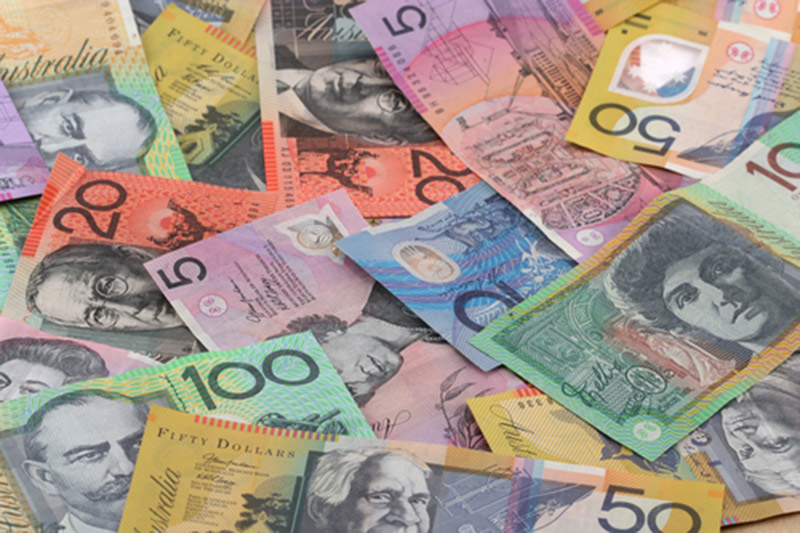Investing.com - The Aussie gained on Monday in Asia in thin trade with markets in Tokyo shut and investors awaiting remarkes from President-elect Donald Trump at a planned press conference this week as well as a slate of Fed speakers, including Chair Janet Yellen
AUD/USD gained 0.19% to 0.7318, while UJSD/JPY changed hands at 117.24, up 0.18%.
In Australia, building approvals rose 7.0% in November month-on-month, well above the 4.6% gain seen, while private house approvals fell 0.2% in November, following a 2.3% decline the previous month.
Earlier on Monday, Australia forecast a dramatic decline in the price of iron ore -- its most valuable export commodity -- over the next two years to well below current market prices with the Department of Industry, Innovation and Science expecting average prices at $51.60 a metric ton this year and $46.70 in 2018, compared with current spot prices of around $80, double the price a year ago. The department predicted a price of $44.10 in 2016.
Financial markets in Japan are shut for a holiday.
The U.S. dollar index, which measures the greenback’s strength against a trade-weighted basket of six major currencies, was laast quoted at 102.17.
In the week ahead, investors will be looking ahead to U.S. economic reports, particularly Friday’s retail sales figures for December. Investors will also be watching an appearance by Yellen on Thursday and speeches by a handful of other Fed officials during the week, as well as Trump on Wednesday.
Last week, the dollar surged against a basket of the other major currencies on Friday after the U.S. nonfarm payrolls report showed a slowdown in hiring in December but the fastest wage growth in over seven years.
The Labor Department said the U.S. economy added 156,000 jobs in December from the prior month, while the unemployment rate ticked up to 4.7% from a nine-year low of 4.6% in November.
Economists had forecast payrolls rising by 178,000 jobs last month. The report also showed that the annual rate of wage growth rose to 2.9% in December from a year earlier, the strongest since 2009. The employment data indicated that the economy is improving enough for the Federal Reserve to keep pushing up interest rates.
The Fed has indicated that three quarter-percentage-point interest rate increases are on the cards for 2017. Expectations of higher rates tend to boost the dollar, as higher borrowing costs make the currency more attractive to yield seeking investors.
The dollar was lower against the Mexican peso with USD/MXN down 0.5 to 2255 after Mexico’s central bank confirmed that it had intervened in the foreign exchange market to shore up its currency.
The Mexican peso has been hard hit by the election of Donald Trump as U.S. president, amid concerns over the impact on trade between the two countries.
